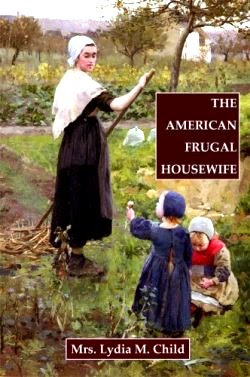I can say that I’ve never made a muffin that my family wouldn’t eat. Even not-quite-perfect, fair-worthy muffins usually taste just fine with a little butter and jam. They are quick to make, and if you are pressed for time in the morning, for example, you can measure out your dry ingredients the night before and cover them and leave them on the counter, and you can also mix your liquid ingredients and refrigerate them overnight, ready to combine in the morning.
If you aren’t getting perfect muffins, look at this advice and double-check your method next time. The Farm Journal's Country Fair Cookbook 1984 gives this information on how to judge perfect muffins.
"An excellent muffin should be light; the outside should be golden brown, symmetrical in shape with no peaks or knobs on top. The top surface should be slightly pebbled and the interior of the muffin should have round fairly uniformly sized holes with no long slender tunnels".
Peaked, smooth crust: over mixed.
Pale: temperature was too low or over mixed. Be sure to let oven preheat fully.
Dry and crumbly: excess flour, the oven temperature was too low or they were over baked.
Tunnels: overmixing.
Toughness : overmixing.
These photos are from a pamphlet “250 Breads, Biscuits and Rolls” from the Culinary Arts Institute 1952.
If the oven is too hot, poor shape and holes inside will result.
Heavy tunnels and flat muffins result from a temperature that’s too low.




















I have this cookbook!
ReplyDelete